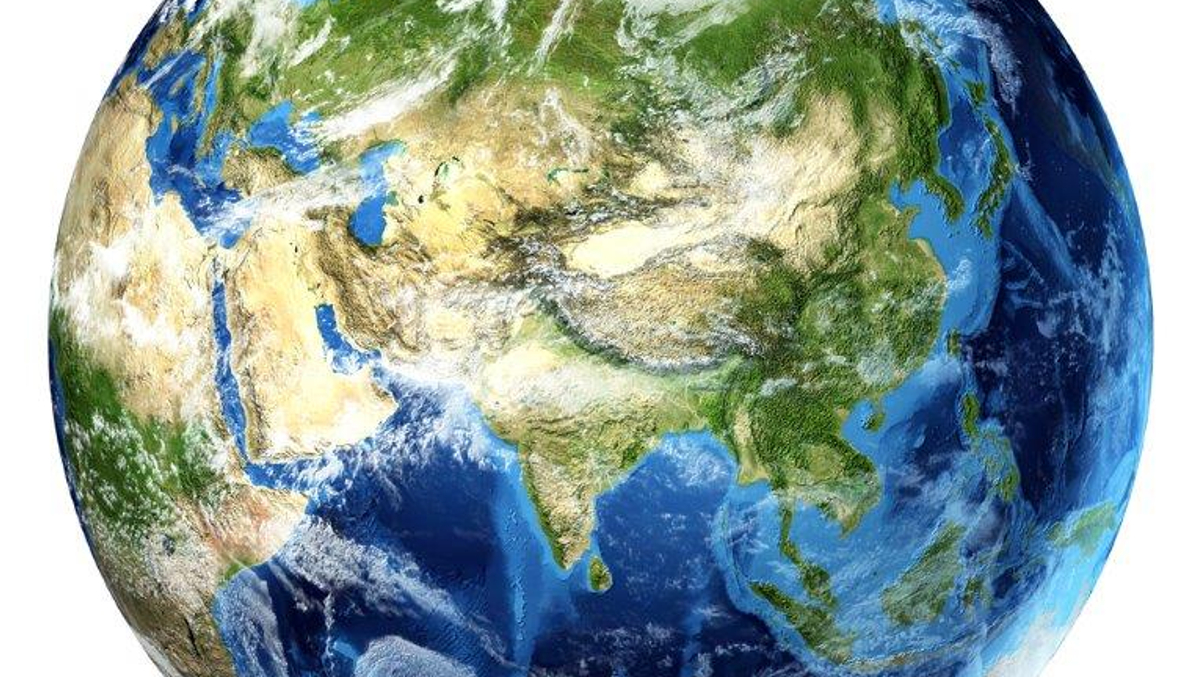Asia should ride out EM turmoil
Even the weakest countries in Asia should weather US Federal Reserve tapering and a slowing China.

Call it a tale of two regions: fears over the end of US Federal Reserve liquidity and a slowing Chinese economy harmed many financial markets in developing countries last week – but not all.
Sign In to Your Account
Access Exclusive AsianInvestor Content!
Please sign in to your subscription to unlock full access to our premium AI resources.
Free Registration & 7-Day Trial
Register now to enjoy a 7-day free trial—no registration fees required. Click the link to get started.
Note: This free trial is a one-time offer.
¬ Haymarket Media Limited. All rights reserved.


